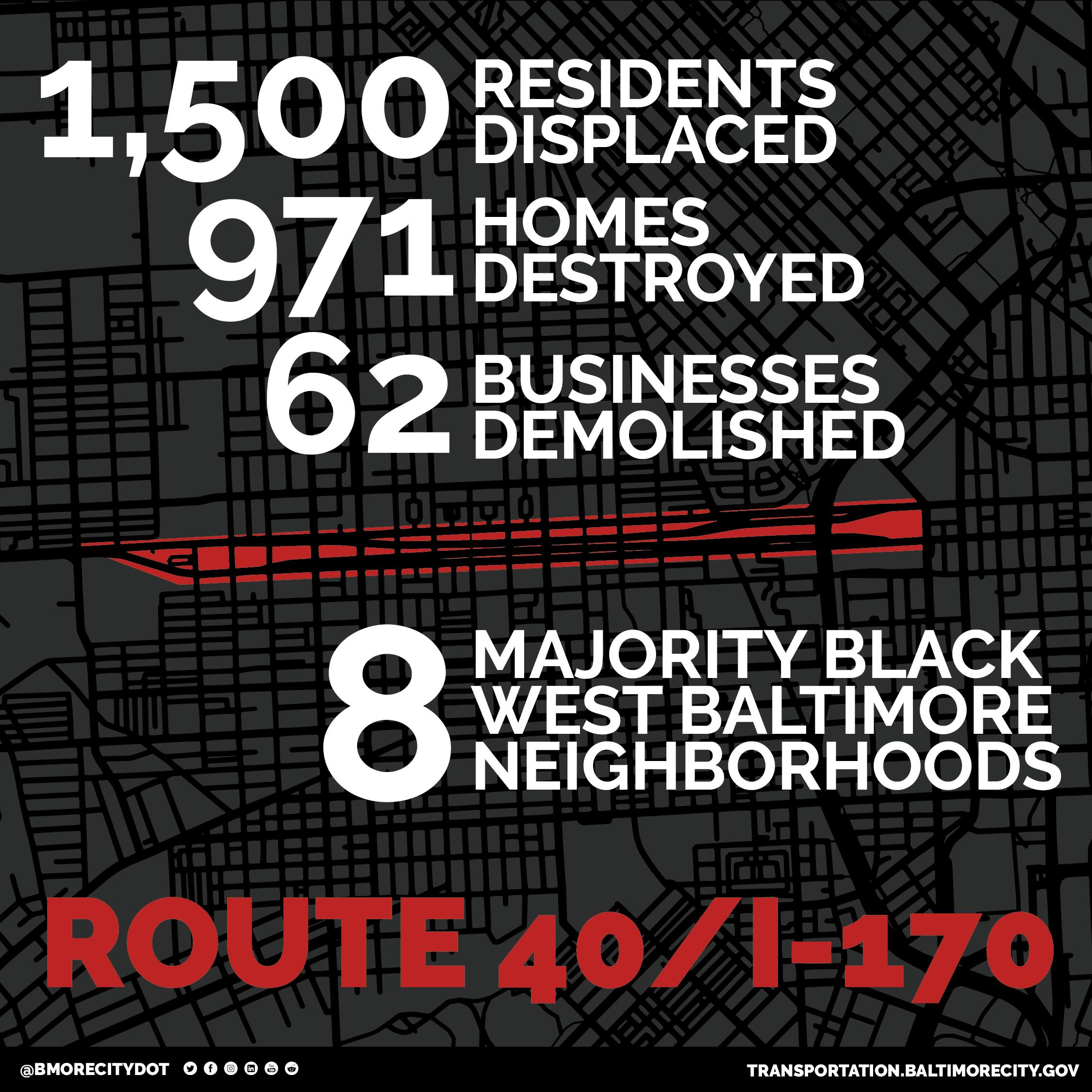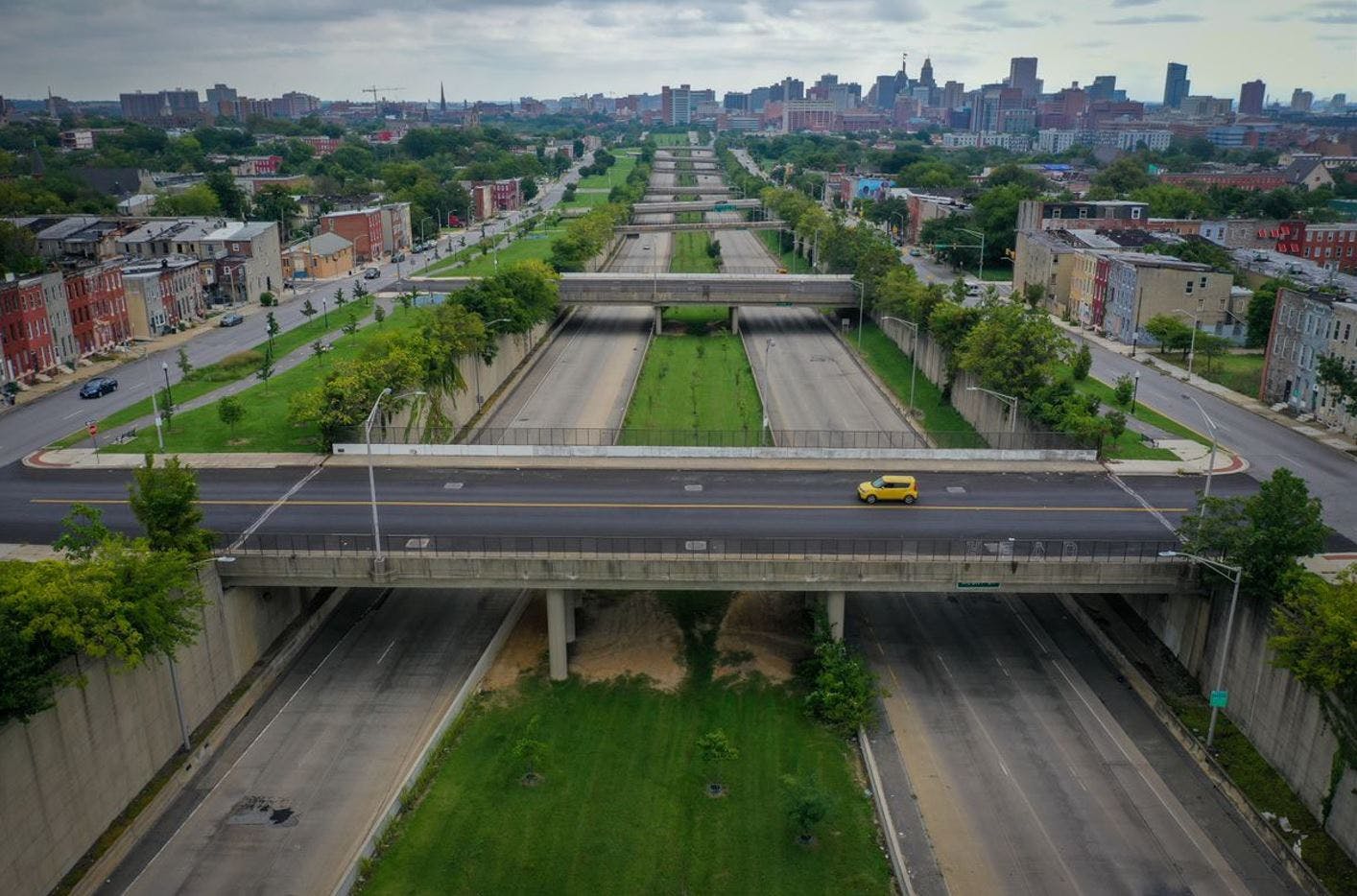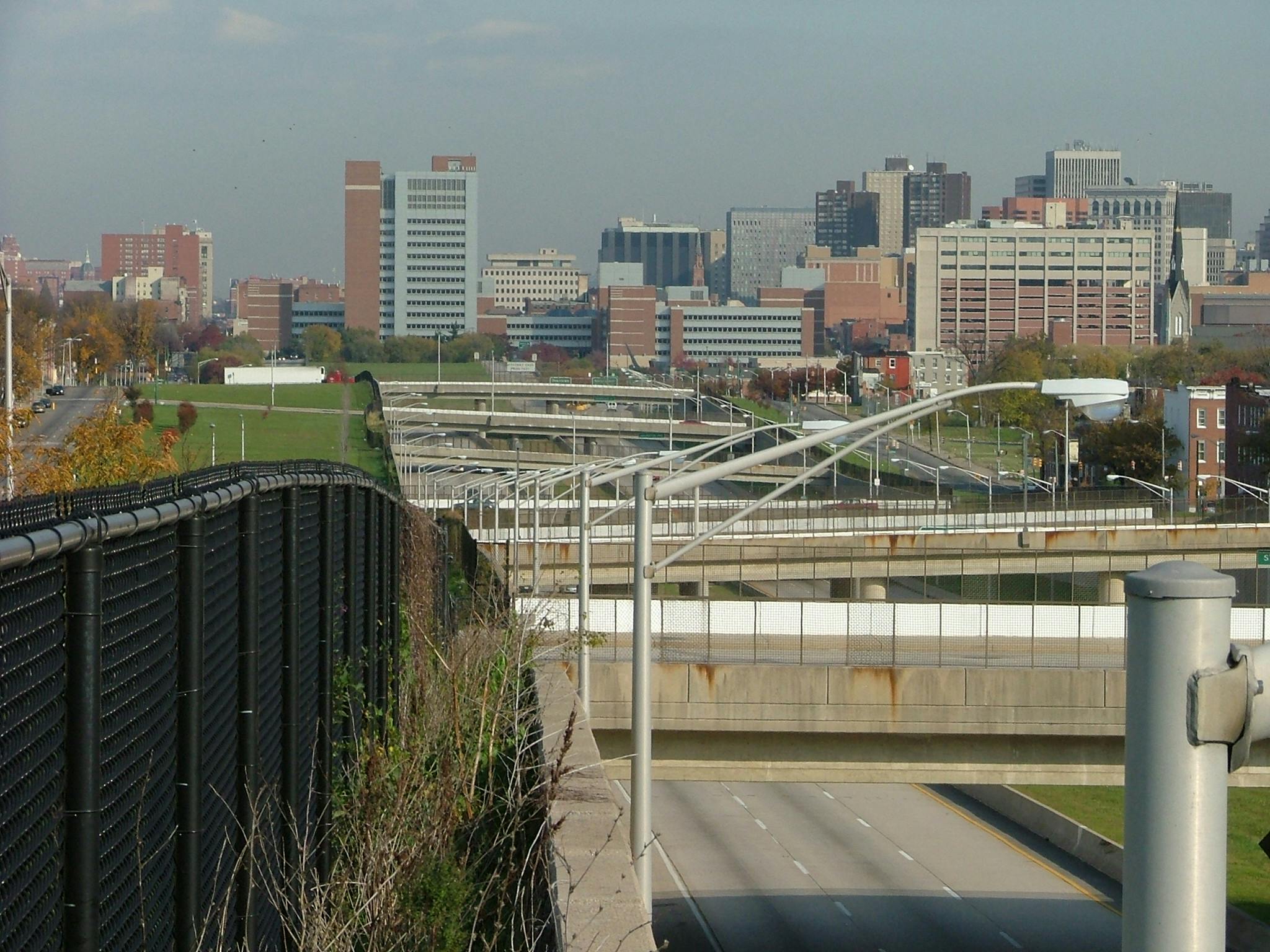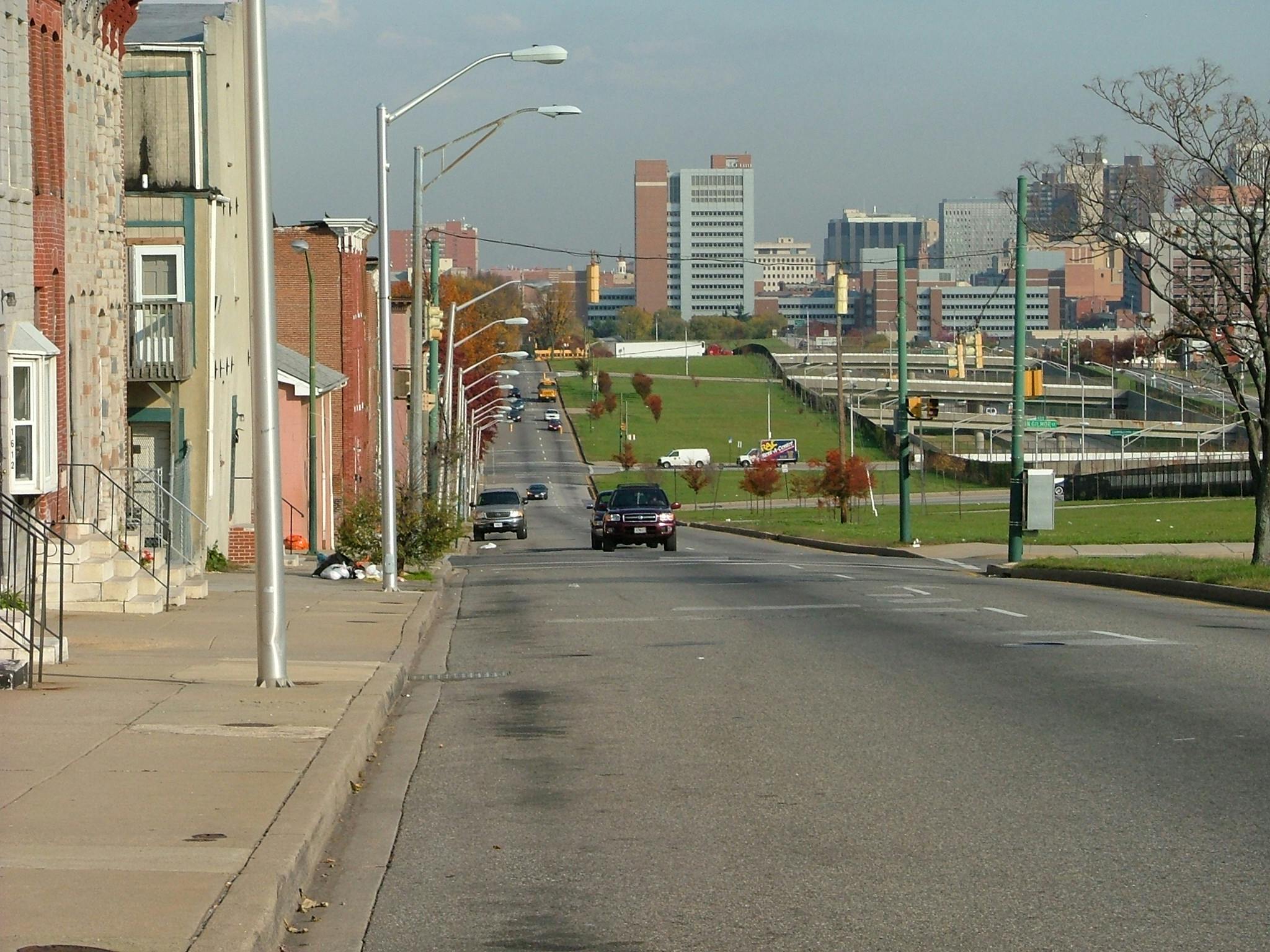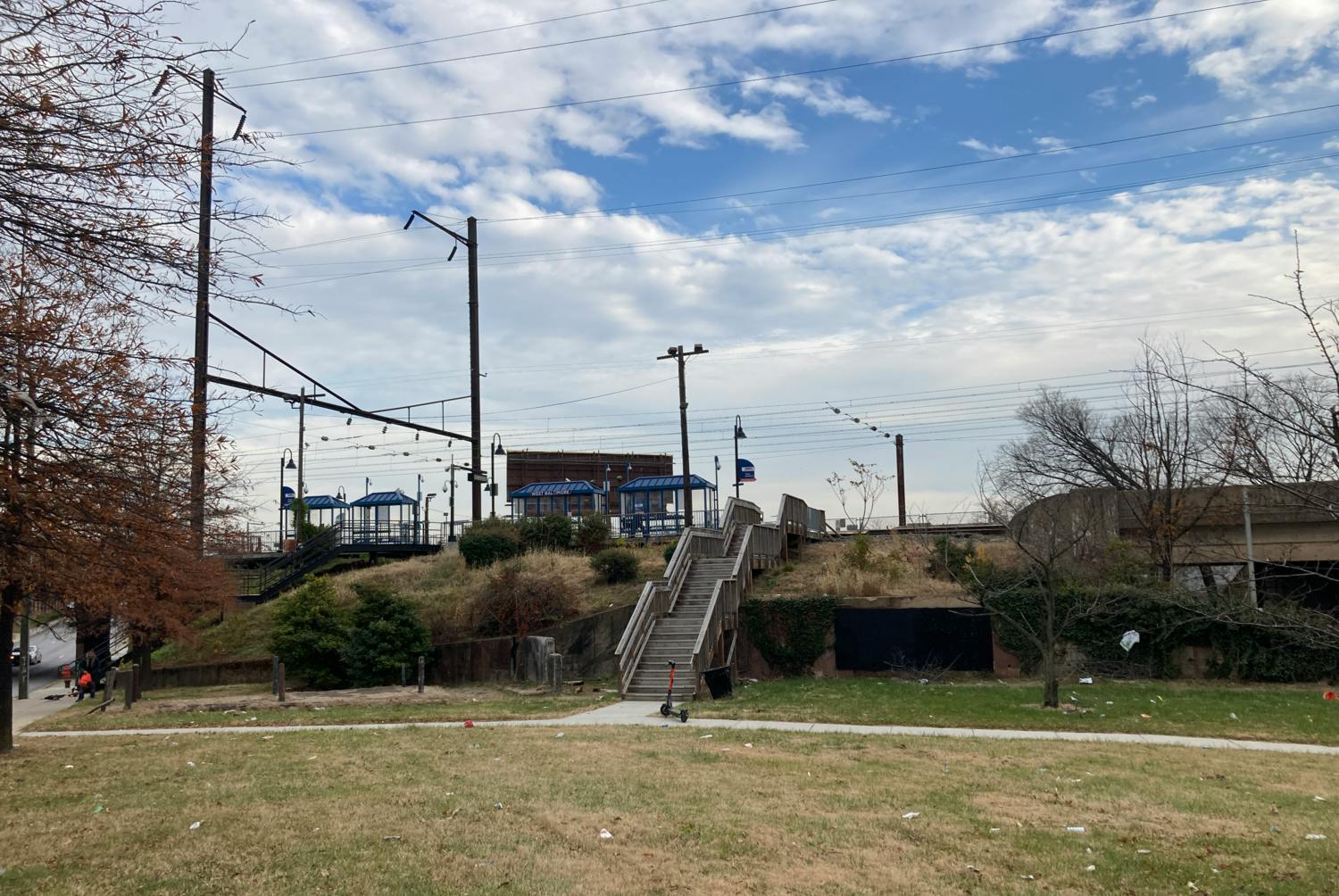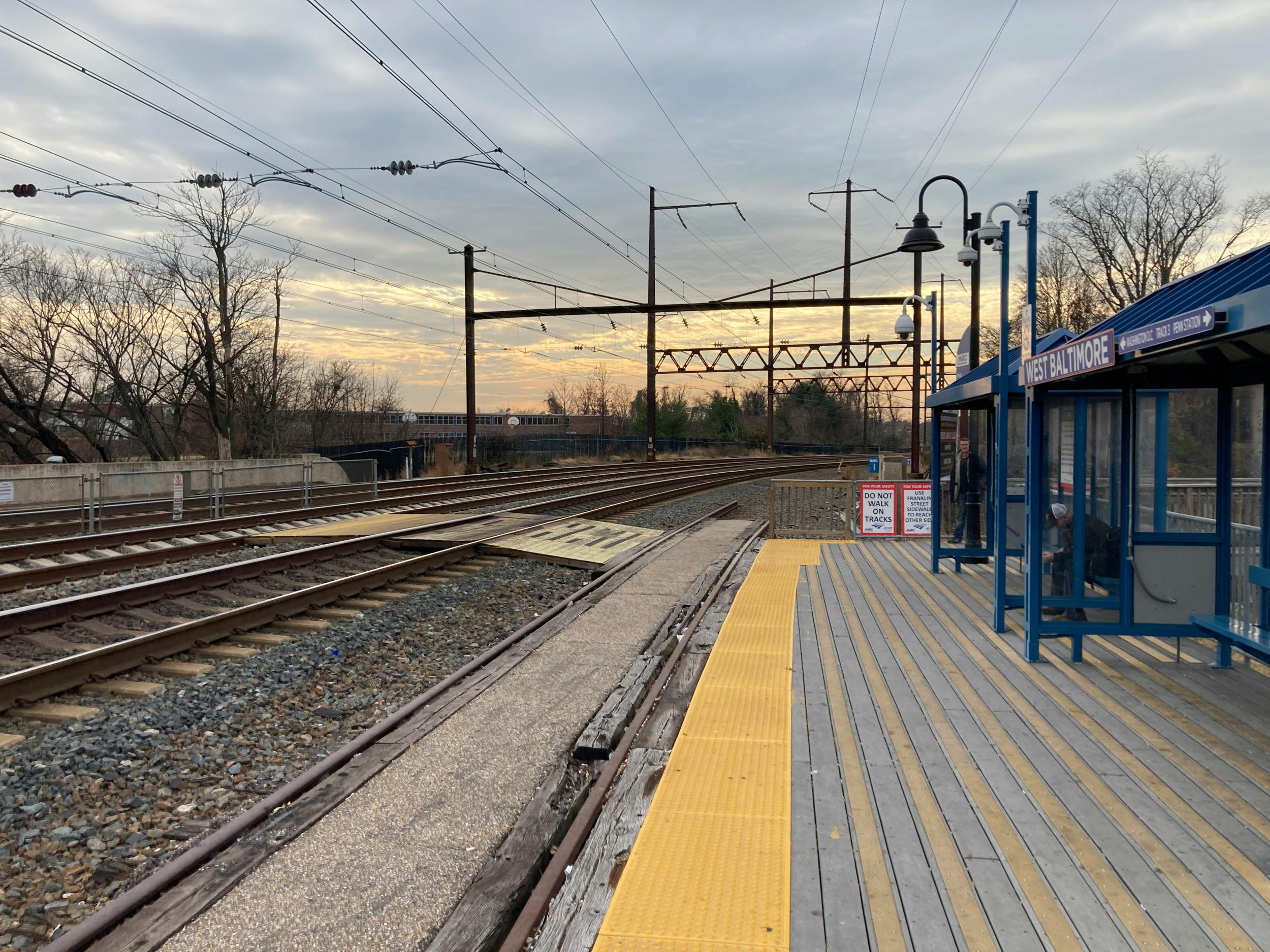West Baltimore United: A Plan to Reconnect Communities
About the Project
The West Baltimore United (WBU) Project is a collaborative effort between the City of Baltimore, Baltimore City Department of Transportation, Baltimore Department of Planning, Baltimore Development Corporation, and Maryland Transit Administration to advance long-overdue improvements in West Baltimore, where the "Highway to Nowhere" has divided communities for over 50 years.
The WBU project will begin with visioning and goal setting, but will progress to assess existing conditions, opportunities, and constraints, including constructability, multimodal traffic circulation, market demand, and project financing. This project will advance planning elements beyond ideas collected in previous planning studies but will build on previous work to set the communities of West Baltimore on a path to a brighter future. The project will be guided by 5 core principles:
- Acknowledging the challenges of embarking on a new planning project given the complicated history.
- Reflecting and honoring the memory of the communities that were damaged by the highway and celebrate the culture of West Baltimore today.
- Establishing, empowering, and maintaining a Stakeholder Workgroup to inform and guide the decision-making process.
- Undertaking a transparent process that gains broad public support.
- Maintaining open dialog with the community throughout the project.
Project Focus Area
Stakeholder Workgroup
Previous Meetings
Events
Previous Events
Project Update Meeting
On June 12, 2024, Baltimore City Department of Transportation held a project update meeting to provide a summary of what was heard and learned during the community workshops held earlier this year as well as present preliminary alternatives for the US-40 Expressway "Highway to Nowhere" reconnection.
- June 2024 Project Update Notes
- June 2024 Project Update Presentation
- June 12th Project Update Meeting
- Public Project Update Meeting Flyer
Community Workshop
On January 25, 2024, and February 10, 2024, Baltimore City Department of Transportation hosted a community workshop to kick-off the WBU project. BCDOT and partnering agencies were joined by more than 75 community members between the two identical workshops where participants learned more about the project process and were able to share their thoughts on opportunities, challenges, and areas of perseveration throughout the corridor as well as share their vision and priorities for this project as it moves forward.
Community Workshop Introduction
January Community Summaries
February Community Summaries
Community Workshop Closing
January 25, 2024
Workshop 1
February 10, 2024
Workshop 2
Project History
The Highway to Nowhere is a remnant of past efforts to connect Interstate 70 with Interstates 83 and 95 around Baltimore’s Central Business District. However, those highway connections were never completed. Ultimately, the strong community advocacy of the neighborhoods prevailed; but not before the West Baltimore section of Route 40 was constructed, thus earning the local moniker the "Highway to Nowhere."
Construction resulted in the demolition of 971 homes and 62 businesses, subsequently displacing approximately 1,500 residents, many of whom were Black. Roughly 50 years later, the road remains a physical and symbolic barrier to progress, dividing large swaths of West Baltimore that were once connected.
This 1.4-mile-long trench serves limited value to the transportation network, is a safety hazard with large grade separations and high-speed traffic and is an eyesore dominating the landscape.
Grant Opportunities
- On September 30, 2024, BCDOT applied for the Reconnecting Communities Pilot Grant Application Program. See the Informational Statement hereand the full grant application below:
- February 21, 2023 - The City of Baltimore receives $2 million in federal funding through the Reconnecting Communities Pilot Program as part of the Infrastructure Investment and Jobs Act.
- Learn more about the new grant opportunity here.
- Be sure to check out the many news stories about this exciting grant here.
For questions or additional information about the Highway to Nowhere, the Reconnecting Communities Planning Study, or the federal grant funding, contact us at westbaltimoreunited@baltimorecity.gov.
Some Local History
In the 19th and 20th century, Old West Baltimore was the embodiment of a close-knit community. Neighbors sat on their porches and laughed with those who strolled the sidewalks. Old West Baltimore was community with dynamic streetscapes full of Black business owners and homeowners. Booker. T Washington, a leading Black educator of the 19th century, once said [there was] “no city in the United States where the colored people own so many comfortable and attractive homes.”
Between 1942 and 1957, nine separate plans for a city-wide freeway were developed. The plan was originally conceived as a way to connect Interstate 70 coming from the west with Interstate 95. This could potentially be a pathway forward for Baltimore, connecting the City to the heart of the interstate system. The project was abruptly halted – in midstream – citing potential environmental concerns. In its wake, there is a trench in the heart of west Baltimore that continues to evoke frustration and anger in the hearts of the residents who watched their prosperity sink into a sea of concrete roadways.
In the past 40 years, there have been multiple planning studies to rectify this lone fragment of highway running through West Baltimore. These past transportation projects have made promises that weren't deliver on, and West Baltimore residents are now weary of planning without tangible results. Baltimore City is committed to finally deliver benefits and build back a collaborative partnership with the people of West Baltimore with the Reconnecting Communities Pilot Program.
Do you have a story to share about West Baltimore? Please add your own story about neighborhood history, family stories, cultural landmarks, and special events. Thank you for sharing with us.
- There are no stories to display. Why don't you share one?


